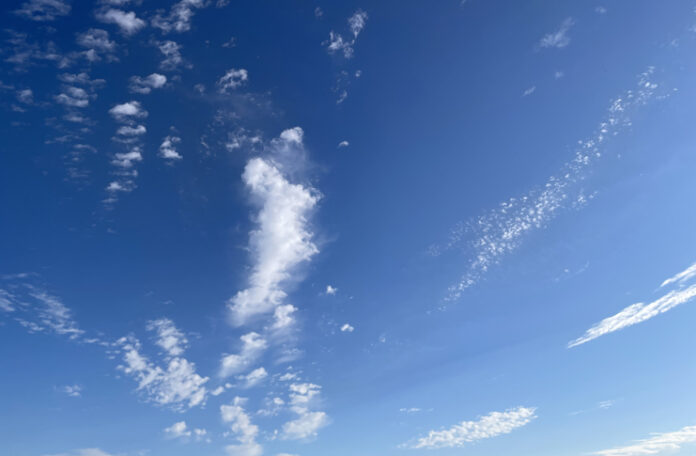
TravelingForMiles.com may receive commission from card issuers. Some or all of the card offers that appear on TravelingForMiles.com are from advertisers and may impact how and where card products appear on the site. TravelingForMiles.com does not include all card companies or all available card offers.
Some links to products and travel providers on this website will earn Traveling For Miles a commission that helps contribute to the running of the site. Traveling For Miles has partnered with CardRatings for our coverage of credit card products. Traveling For Miles and CardRatings may receive a commission from card issuers. Opinions, reviews, analyses & recommendations are the author’s alone and have not been reviewed, endorsed, or approved by any of these entities. Terms apply to all credit card welcome offers, earning rates and benefits and some credit card benefits will require enrollment. For more details please see the disclosures found at the bottom of every page.
Accusations of ‘clickbait’ are to be found all over the internet, and while it’s often a term that’s misused by those too lazy to think up a more relevant rebuke or by those who don’t appear to know what clickbait actually is, there’s no arguing with the fact that genuine clickbait can be very annoying.
I dislike clickbait as much as anyone, and I have genuinely never written a headline that I didn’t believe to be directly related to the content beneath it or that I thought was over exaggerating whatever issue I was writing about.
That, however, will probably soon change, and that’s why I’m writing this article right now.
In the coming months, readers will probably see a few articles appearing where the headline may not appear to give a very full insight into what is being discussed below it and while I’d like to apologize in advance for any annoyance that this causes, I’d also like to explain what exactly is going on before the clickbait posse comes to hang me from the nearest tree.
Don’t blame us, blame Chase.
Just like a lot of other travel/miles/points sites, Traveling For Miles has an indirect relationship with a number of major US banks for the purposes of credit card affiliate marketing.
TFM is far too small and insignificant to have a direct relationship with any bank, so unlike the leading miles & points sites like View From the Wing and One Mile at a Time, we get our affiliate links through an intermediary – CardRatings – and not from Chase, Citi or Amex (for example).
I suspect that none of that is news to most miles & points fans, but what some of you may not know is that not only do the sites without a direct relationship with the banks (sub-affiliates) get to promote far fewer cards than the big guys, but the marketing rules for sub-affiliates can differ significantly from the rules laid down for the direct affiliate sites as well.
One such difference can be seen in a rule introduced by Chase at the very end of June 2023.
Without any notice, Chase told all sub-affiliates that, effective immediately, any emails sent out to readers must be generic with no mention of Chase branded content whether they link to the sub-affiliate’s own site or CardRatings.
Apparently, “Chase requires emails to be editorially focused and any branded content (card name, card art, etc.,) is strictly prohibited.”
Allow me to spell out what that means.
Effectively, Chase has said that any email that gets sent to readers must not include any of the following:
- The name of any Chase credit card
- The image of any Chase credit card
It is also possible (but not yet confirmed) that the new rule means that any emails that readers receive cannot include the image of a Chase partner (e.g. a United Airlines aircraft, or a building with “Marriott” written on it) if the topic under discussion relates to a Chase product.
At this point you may be thinking “So what? What has a rule about emails got to do with articles published on TFM?”
Well, as it happens, the answer is “quite a lot”.
The problem we now have is that while we don’t send out emails that discuss subjects in detail, we do send out a daily email blast containing the headlines of the articles that were published on that particular day together with an extract from each article.
This email blast will fall foul of Chase’s new rule if any of the day’s headlines or any of the extracts from the day’s articles published in the email, includes any of the banned items.
An email that contains this headline and extract, for example, would breach the new rule in a variety of ways.

Fortunately, our email blasts don’t include any featured images from the articles, so we don’t have to worry about them, but we still have to avoid including any Chase credit card names (or references to Chase) in our headlines and extracts.
Even though we use one of the biggest email distribution services around (MailChimp), we don’t have any way to choose which of our articles gets added to the daily email blast (it’s either all, or none).
This means that if we wish to write Chase credit card reviews or about new Chase credit card offers, or if we want to discuss a particular aspect (good or bad) of one of Chase’s cards, we’re left with four options:
- Stop sending email blasts.
- Keep sending email blasts but cancel the blast on any day that these types of articles get published.
- Write regular headlines and extracts (so no one thinks we’re writing clickbait) and then change both just before the daily email blast goes out to keep the email in line with Chase’s new rule.
- Write generalized headlines and extracts to ensure that we don’t get into trouble with Chase when the email blasts go out, and hope that we don’t annoy too many people.
Option 1 is not going to happen. Email blasts are part of what keeps this site’s audience growing and that’s not something we can give up.
Options 2 & 3 are highly impractical. A few days (not necessarily in a row) of forgetting to cancel a blast and/or forgetting to edit a headline at the last minute, and TFM would be open to sanctions from CardRatings and Chase. That doesn’t bear thinking about.
That leaves option 4, and that brings me right back to the beginning of this article.
What this means in practice
Where in the past we have been able to open a credit card review with a headline that reads something like “Chase Ink Business Cash® credit card review (2023) – A fantastic no annual fee card”, we will now have to open with something a lot more vanilla… like… “Our review of this fantastic no annual fee business card”.
I think we can all agree that while the original headline gives the reader a good idea of what’s to come, the revised headline is a little pathetic.
The good news here is that, because we don’t use featured images in our email blasts, we can still use highly relevant images above the headline on TravelingForMiles.com to give readers a good idea of what the headline is referring to (even if the headline itself is a bit vague).
We will also make sure that the opening lines are very clear in describing what the whole article is about, and we’ll use a different (and very vanilla) set of lines as the extract that appears in the email blast to avoid breaking the new rule.
Hopefully, all of that should be enough to keep most people happy and limit the number of people accusing us of clickbait in the comments section while keeping Chase’s attack dogs at bay.
The bad news is that anyone kind enough to sign up to our email blast will soon start to occasionally see a few headlines and extracts that only hint at what the linked articles are all about, and with no featured images for context, these may appear like we’re trying to lure you in with clickbait. We’re not. We’re just having to live with a somewhat stupid rule over which we have no control.
For that, I apologize.
Bottom line
Chase has introduced a new rule that makes it very hard for us to be as clear as we’d like to be with any headlines and extracts relating to articles that discuss the bank’s products.
Clearly, I think this new rule from Chase is asinine, but we have no option but to live with it and to work around it as best we can.
What this means is that while we will do our best to continue writing transparent headlines and extracts, there will be occasions where some headlines and extracts may appear to be unnecessarily vague or woolly and deserving of a charge of “clickbait” (especially if you’re seeing them in our daily email blast).
Please accept my apologies for any annoyance this may cause, but please also keep in mind why we’re having to write such headlines.
We don’t want to be unclear, but being any clearer would probably get us into the kind of trouble we could really do without.
P.S. I’ve just remembered that an earlier TFM article on IHG free night certificates probably breaks Chase’s new rule in at least two ways so my next job after publishing this will be to edit that article one more time!

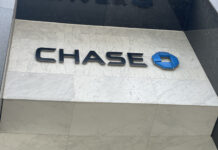
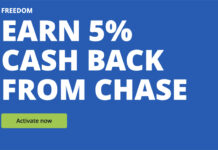



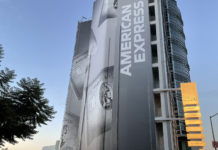


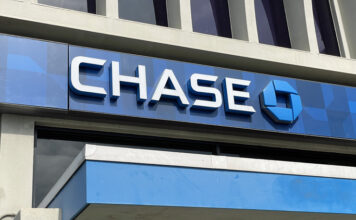



![Earn 20,000 bonus Amex points on Air France/KLM bookings [Targeted] a row of seats in a plane](https://travelingformiles.com/wp-content/uploads/2024/03/air-france-new-business-class-2-741-356x220.jpg)
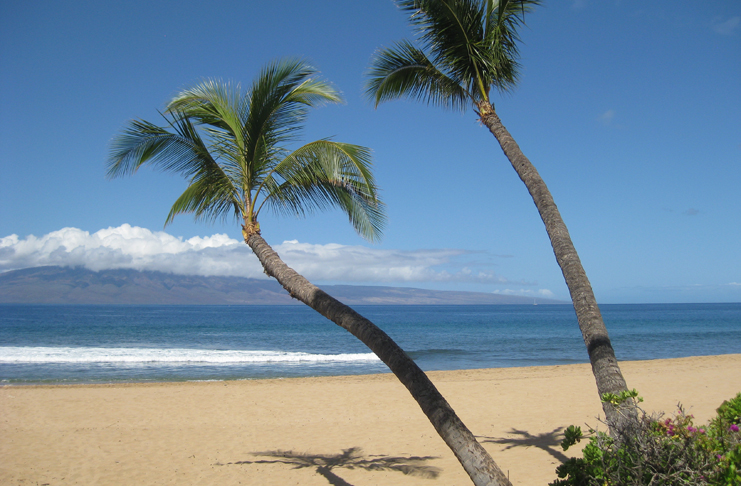


BS rule by Chase but thanks for the heads up.
Your site should be considered ‘editorial’, just like any other news site, print, online or broadacast. How can Chase prevent editorial / news coverage / reviews from an a provider of editorial content?
Hi
To be fair to Chase, it’s not so much trying to dictate content as it is trying to dictate what headlines, images and wording we can use in articles that then get emailed out to our readers (in very abbreviated form).
It’s still an incredibly silly thing to do, but it’s not quite as bad as telling us what content we can and cannot write.